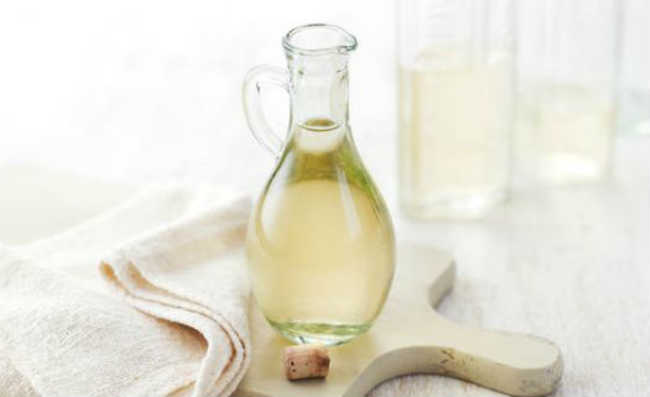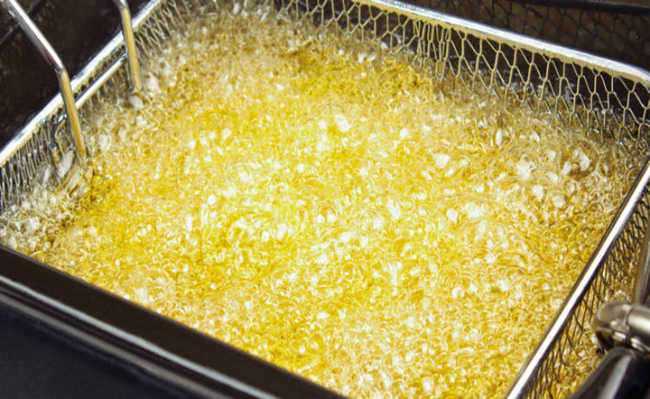Learn to prepare essential oil synergies
Find out some tips to prepare synergies in an effective and balanced way, for a complementary treatment

Have you ever heard the term flavor synergy? Mixing essential oils is a creative process, but it must be done with some technical care. Essential oils have therapeutic properties. For some treatments, mixing them with complementary properties is ideal. The combination of types that accent one another is called synergy. With the harmonic association of aromas, in addition to obtaining a new aroma, you enhance the desired effect, remembering that pure and natural essential oils should always be used, as synthetic substances can be harmful.
Even for use in room flavorings, it is important to know effective combinations and explore personal preferences. A scent that evokes a positive affective memory will make your daily life more pleasant, for example.
In aromatherapy it is essential to know the oils individually, as well as their fragrance, properties and uses. To realize synergies, this knowledge is essential to be able to mix oils in a balanced way. There are hundreds of essential oils, however, through mixing, we gain an infinite number of combinations and possibilities. The blends provide adequate and precise treatments for health, well-being and beauty issues.
- What is aromatherapy and what are its benefits?
There are several ways to use essential oils: by inhalation, massage, compresses, vaporization, etc. Each modality requires a specific form of application, as well as different methodologies. However, for the formulation of mixtures, some basic principles must be met, which extend to all methods. Practice and intuition must be combined together with some ground rules. Some essential oils have the power to enhance each other, while others have the power of inhibition.
Dilution
Essential oils are very concentrated and must be diluted for safer application. Rare are the indications for using the pure compound. Only perform this administration if indicated by a qualified aromatherapist. To dilute, normally, carrier oils are used, which are vegetable oils, such as sweet almonds and grape seeds, which serve as an emollient vehicle to dilute or mix one or more essential oils. A weak mixture of oils usually has a better odor and avoids the risk of intoxication. The recommended base concentration is 1% to 2.5%, dilutions of 3% or more are used in localized therapies, where only a small part of the body is treated. 1% dilutions are indicated for children, pregnant women and people with sensitive skin.
Remember that, in aromatherapy, quantity does not mean quality, and too strong a concentration can cause unwanted reactions.
It is recommended that you prepare the amount that will be used, always paying close attention to the expiration date of all components. If any of the essential oils has no expiration date, don't prepare an essential oil synergy with it, as you can contaminate the other products and end up having to throw it all away.
For a full-body massage, approximately 20 ml is sufficient, for the face, 10 ml is enough. The volume of one drop is 0.05 ml, therefore, to prepare 20 ml of the 1% essential oil dilution in the carrier oil, 5 drops are needed. If the dilution is 2.5% (to 20 ml) 10 drops are needed.
Before using your whole-body synergy, take an allergy test. Place a drop of synergy on the inside of the wrist and cover it with tape for 12 hours. After the period, remove the tape and check the condition of the location. If the skin is irritated, reddened, itchy, or otherwise uneven, do not use synergy.
Synergy and complementarity
Synergies must be prepared taking into account the patient's history, the symptom that needs to be treated and the origin of the disorder, in addition to the psychological and emotional factors involved. Performing a synergy is like mixing components of a remedy, so whenever possible, it is ideal to consult an aromatherapist. But, for those who are deepening their knowledge in the area, the ideal is to carefully research the individual properties of each oil and the recommended mixtures, in this way you will know what to mix for the best effect. If it is a stress disorder, in addition to an essential oil aimed at symptoms, it is worth adding, for example, a relaxing essential oil such as lavender.
The choice of essential oils for a synergy must comply with the principles of complementarity, that is, the indications must never be opposite. It makes no sense to mix a stimulating oil with a calming one, it is important to check all the properties of the oils you will be mixing to make sure they complement each other for the individual treatment. In the case of a pain relief mix, you can mix three analgesic oils or choose two analgesic oils and one relaxant. In this case, in addition to treating the pain, it is the stress condition that the symptom may be causing.
After selecting the essential oils that are compatible with your needs, it is essential to verify that the aromas combine well. Some essential oils have a very strong smell, so they should be used alone or in low concentrations. Rose oil and peppermint oil are examples of aromas that overshadow the others when used in synergy. Some oils are conflicting when combined, such as rose and lemon oil, which end up producing an unpleasant aroma.
Good blends combine notes: high (gives the initial aroma - the most volatile), medium (they are the body of the aroma - medium volatility) and low (it is the aroma that sets last - low volatility). Floral essential oils are more volatile, that is, they evaporate faster then leaves, with medium volatility and woods have lower volatility. Oils from the same botanical family tend to mix well, as do oils with similar chemical composition. Florals blend well with each other, as do woods and citruses.
The mixture should be agreeable to the one who will use it, so the compatibility of fragrances in terms of personal taste must also be considered so as not to attribute negative associations to the treatment.
How many essential oils can be used in a single combination?
Some aromatherapists, like Marquerite Maury, recommend using a maximum of five essential oils in synergy, while others, like Shirley Price, advise four. However, for beginners in aromatherapy, it is advisable not to mix more than three oils at the same time. In this way, the minimum concentrations are kept and the mixture is safer. For those starting out in aromatherapy, it is advisable not to mix more than three or four oils at the same time. In short, don't overcomplicate the combinations, don't use oils that have opposite effects, and keep in mind the final aroma, seeking balance and harmonization.
Source: Laszlo










